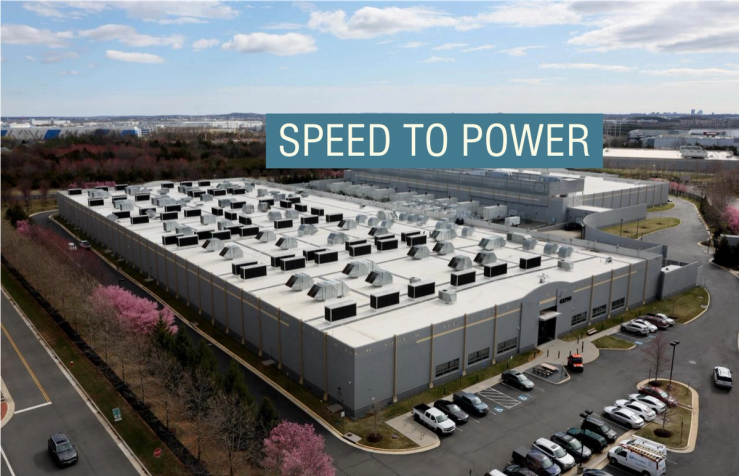The Scoop
The energy company that Google is counting on to power some of its US data center buildout is making a play for more Big Tech clients by expanding its services beyond just operating power plants.
When it comes to building and powering data centers, Google and its peers care about speed more than anything else, Sheldon Kimber, CEO of Intersect Power, told Semafor. Most are fed up with waiting for the transmission grid and lumbering legacy utilities to catch up with booming demand, and would prefer to build bespoke on-site power plants that draw on some combination of renewables, batteries, and gas. But the independent power companies competing for those contracts mostly lack experience building anything but the power equipment itself, while the infrastructure companies that usually build data centers don’t know how to build power plants.
Kimber sees a payday in bridging that gap in-house, and is busily hiring data center technicians to complement his staff of electric engineers. The company signed a $20 billion deal with Google in December, and Kimber said the first site to emerge from it — under construction now in an undisclosed location — will be operational by next year.
“We’re not just a power company anymore,” he said. “We think we’re creating a whole new class of real estate that we call a digital power asset. It’s not just AI data centers, but a whole host of things that are going to need massive electrification and we’re positioning ourselves to be the real estate provider for that.”
In this article:
Tim’s view
Among US power companies, there’s no hotter ticket than deals to power data centers. The race is on to offer a product that’s differentiated by its price, its “speed to power” timeline, its reliability, and its carbon footprint. That’s why you see gas fracking billionaires making huge bets on carbon capture, and why utilities’ share prices pop on rumors of new data deals, like Constellation Energy’s did this week.
In the past few years, one of the most valuable tokens a power plant builder could have was a spot in the interconnection queue, meaning express access to the grid to send electrons from a new solar or wind farm to the new data center across town. But building on-site means bypassing the grid entirely, something more tech companies are willing to pay a premium to do.
The challenge, then, is reliability; being grid-connected means a stable power supply even if it’s a cloudy day over the solar farm you normally buy power from. And that’s where the debate over whether data centers should run on renewables or, as Interior Secretary Doug Burgum advocated at Semafor’s recent World Economy Summit, on fossil fuels, misses the point, in Kimber’s view.
A strategic combination of the two is the fastest, cheapest, lowest-carbon option, he said. Conventional gas turbines — if you can even manage to get one without waiting for years — also need to shut down periodically for maintenance, so they need to be backed up with some other source in the same way renewables need to be because of weather. The power the gas plants produce is also more expensive than what you can get from renewables. Intersect’s solution is a combination of solar and small, high-temperature gas generators to fill in the gaps, which Kimber said can take the cost from about $80-90 per megawatt-hour from a regular gas turbine to $65-75.
Intersect already operates about $4 billion worth of assets, and plans to break ground on another $9 billion this year, Kimber said. But the Trump administration and its allies in Congress are throwing up barriers to that rollout, he warned: Some Intersect projects make use of Tesla batteries that include parts sourced from China, and while the company looks for alternatives, rising tariffs will make those projects more expensive. And Kimber anticipates that solar tax credits from the Inflation Reduction Act will get axed as Congress develops its new budget, which won’t necessarily kill the economics of Intersect’s solar-reliant projects, but will raise costs for Big Tech.
If the US wants to win the AI race, it needs a more nuanced and thoughtful energy strategy, he said: “It does seem like a bad idea to rob from the companies that are most focused on implementing your agenda.”
Know More
Google is keeping its data center partners diversified. This week it announced a plan to pursue advanced nuclear energy projects with the startup Elementl Power. Meanwhile, the company is still chasing other avenues to cut its carbon footprint, at least on paper: Google has already become one of the top buyers of credits from carbon removal projects. On Thursday, it said it will also start supporting projects to reduce emissions of the greenhouse “superpollutants” methane and HFCs.
Notable
- The White House is planning a new executive order that would use the Defense Department to speed up the deployment of nuclear reactors, Axios scooped. Shares of the nuclear startup Oklo jumped on the news.


